Suburban New Jersey’s Future Takes Shape
Somerset Development’s Ralph Zucker tells the story of Somerville Station, the largest mixed-use development ever approved by the borough of Somerville, N.J.
New Jersey has been undergoing accelerated changes—amid rising office vacancies, developers are looking for new ways to connect and keep locals together by creating people-oriented suburbs. As the number of mixed-use centers continues to rise, they play an increasingly important part in both the local and the regional community’s life, thanks to the migration out of urban cores. Somerset Development’s Somerville Station—a 31-acre mixed-use transit village currently under construction in downtown Somerville, N.J.—is one of those projects.
Somerville Station is the product of more than 30 years of complex collaboration among public and private affiliates, including AvalonBay Communities, Pulte Homes, the borough of Somerville and New Jersey Transit Corp. After numerous proposals from other developers were denied over the past three decades, Somerset Development received approval for the land acquisition, following a unanimous vote from Somerville’s Planning Board in May 2018. Built in phases, the development is set to include a new civic center, street-level retail, a public plaza, NJ Transit parking facilities, a 374-unit apartment community and a 156-unit community of for-sale townhomes.
“The project was celebrated as a welcome, transit-oriented vision for the transformation of a portion of the borough’s former landfill redevelopment area and for the significant economic benefits it will bring for the borough,” Ralph Zucker, president of Somerset Development, told Commercial Property Executive. In the interview below, he talks about the concept behind the project and how he expects it to impact the area.
READ ALSO: Transwestern to Close New Jersey Office
What makes the project stand out?
Zucker: In addition to being the largest mixed-use development ever approved by Somerville, it’s going to be the transit-oriented focal point for the community. The 4,000-square-foot civic center will provide much-needed space for future borough council, municipal board and community meetings and the shared parking structure will replace the existing commuter parking lot. Additionally, with a focus on sustainability, more than 300 trees will be planted along the residential streets within the new community.
The redevelopment is rising on the largest piece of undeveloped land in the county seat, following long battles with environmental problems. What challenges did you encounter?
Zucker: There were a number of challenges that arose given the development’s decade-long coordination and approval process. Within that time frame, there were numerous project team changes as well as changes across the borough of Somerville’s administration that essentially slowed the progress toward reaching an agreement.
In which way will the upcoming residential projects impact the market’s inventory as a whole?
Zucker: Although there are plenty of rentals in Somerville, there are no residences that link directly to the train station. Somerville Station’s transit-oriented rental community is going to appeal to renters looking for high-quality residences in a well-connected, strategically located suburban area. In addition to the rental community, PulteGroup is introducing townhomes to the regional market.
Future plans also call for a new road connecting the transit-oriented village to the nearby Route 206. Tell us more about this different kind of transit-oriented vision in Somerville.
Zucker: We’re creating a new central hub for downtown Somerville and our approach was to increase accessibility for the larger regional community, not just the local community. Route 206 is a main thoroughfare and by creating a direct connection to the mixed-use village, we’re providing greater access to both the community and train station.
In which way does the Somerville Station redevelopment reflect the area’s distinctive character?
Zucker: This project/master plan was designed using the urban incremental approach, which involved analyzing key aspects of various buildings in downtown Somerville, such as roof heights, streetscapes and architectural character. This approach enabled us to carry forward Somerville’s distinct vernacular while ensuring consistency between the old and the new.
What are the economic benefits the project will bring for the borough?
Zucker: As the largest mixed-use development ever approved by the Borough of Somerville, Somerville Station is positioned to attract various different businesses that are looking to capitalize on the community’s vibrant cultural center. The influx of renters and homebuyers seeking a transit-oriented community that also provides convenient access to retail and dining options will also serve as an economic boost to the local region.
Are there any other similar projects you are currently working on or have in the planning stage?
Zucker: Somerset Development, in partnership with NJ Transit, spearheaded a comprehensive environmental remediation effort in Wood-Ridge, N.J., to develop Wesmont Station—a train station and public plaza that serves as the centerpiece of a 70-acre traditional neighborhood design development. Today, the property is one of the region’s foremost pedestrian-oriented communities, complete with a mix of housing, retail and community facilities.
In addition to Westmont Station, Somerset Development is in the process of developing and recently launched leasing for Bell Works Chicagoland—the second iteration of the metroburb at the former AT&T Center corporate campus in Hoffman Estates, Ill. Somerset is transforming the 1.6 million-square-foot campus into a walkable, downtown-style environment, ultimately a destination for business and culture unlike any other in the region. By combining world-class workspaces, curated dining options, one-of-a-kind retail experiences, high-quality residences and much more, it is set to become everything a great downtown can offer, all under one roof.
What does the future hold for the Somerville and New Jersey markets, considering the suburbs have become increasingly attractive to workers fleeing dense cities?
Zucker: Transit-oriented communities in suburban areas are increasingly becoming go-to destinations for people looking to escape the cramped quarters of the city, without having to sacrifice the connectivity. The ongoing COVID-19 pandemic has accelerated this reverse migration out of urban cores, positioning suburban areas as highly desirable alternatives to congested city blocks.

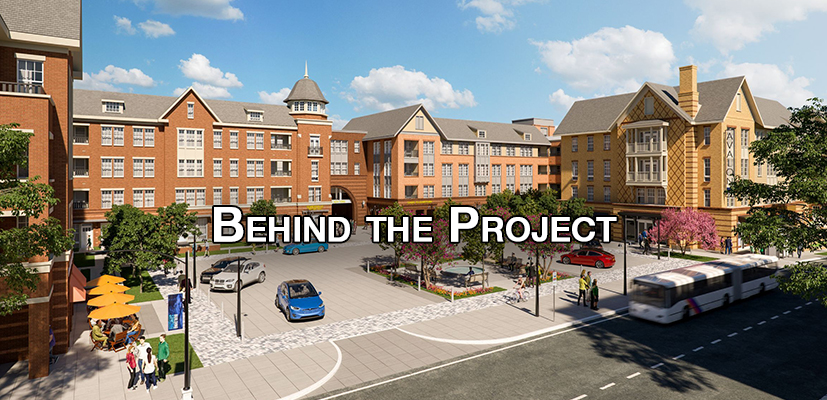


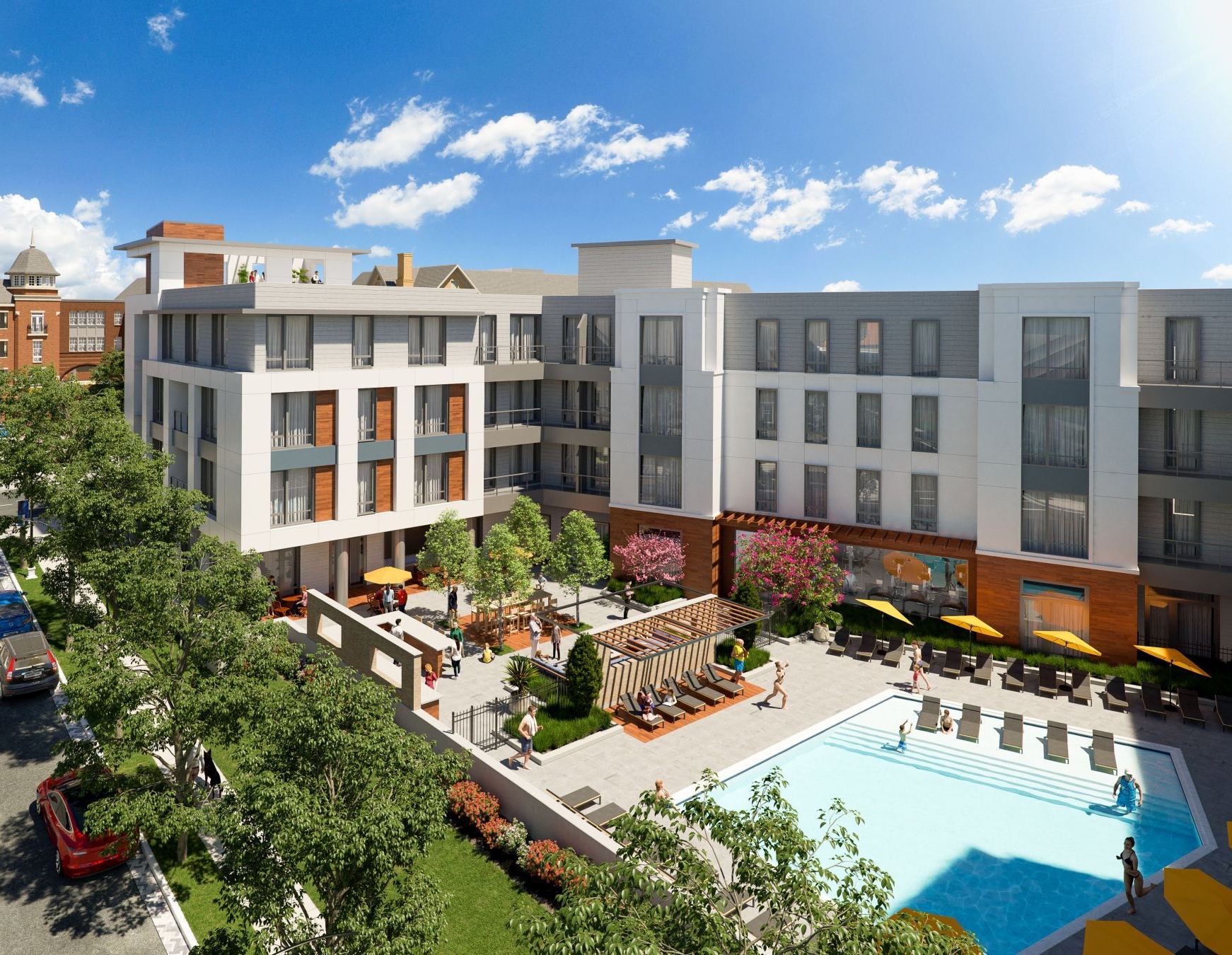

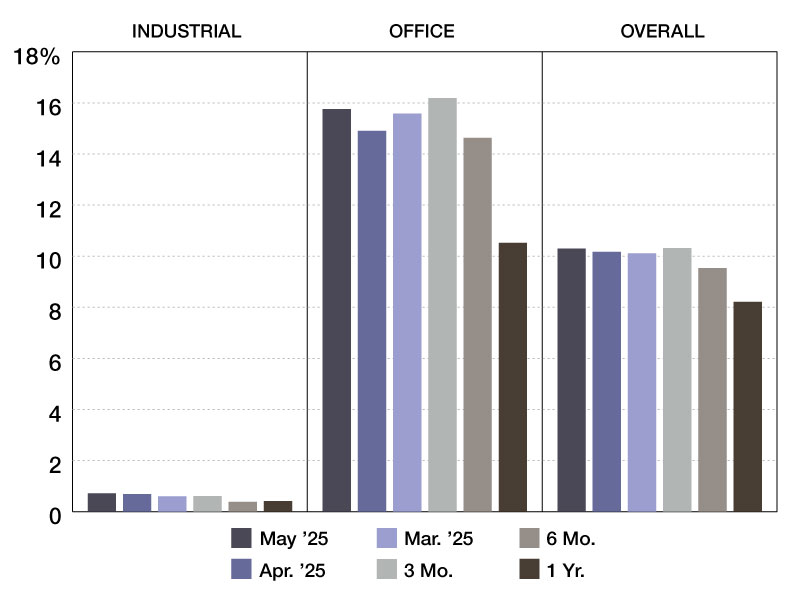
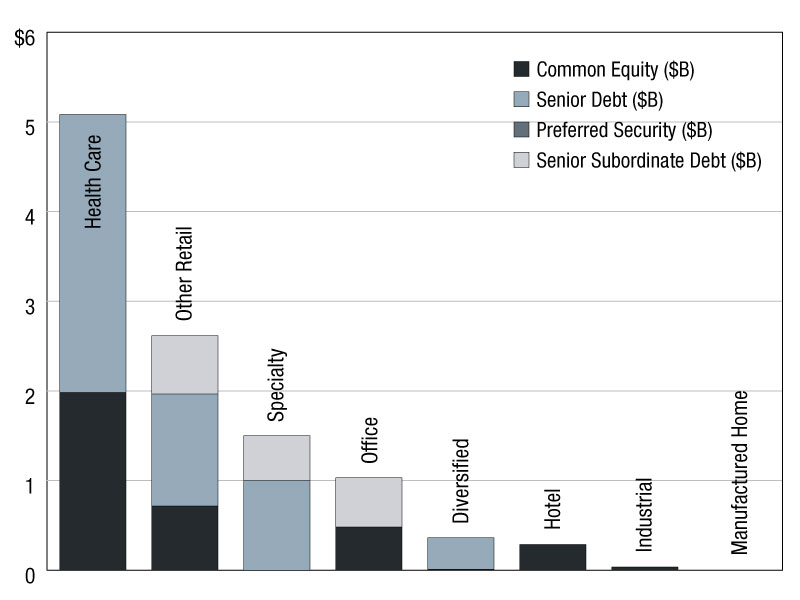
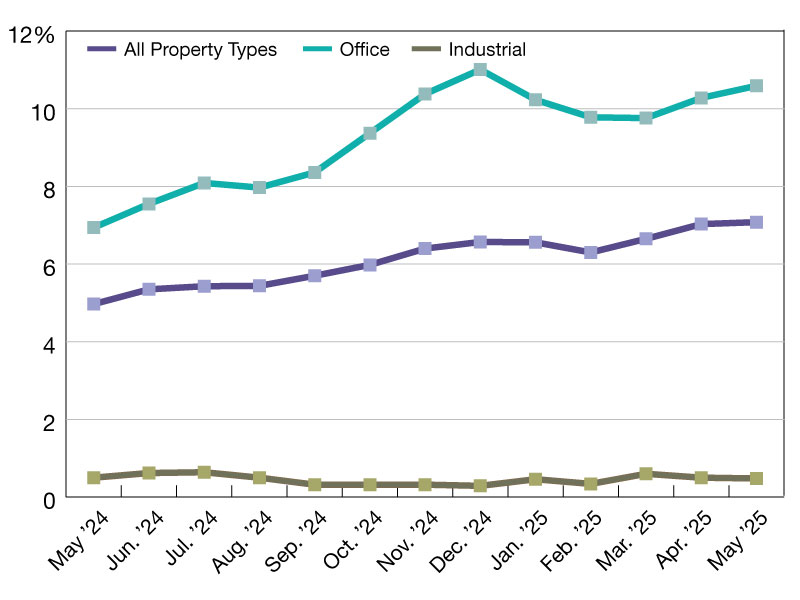
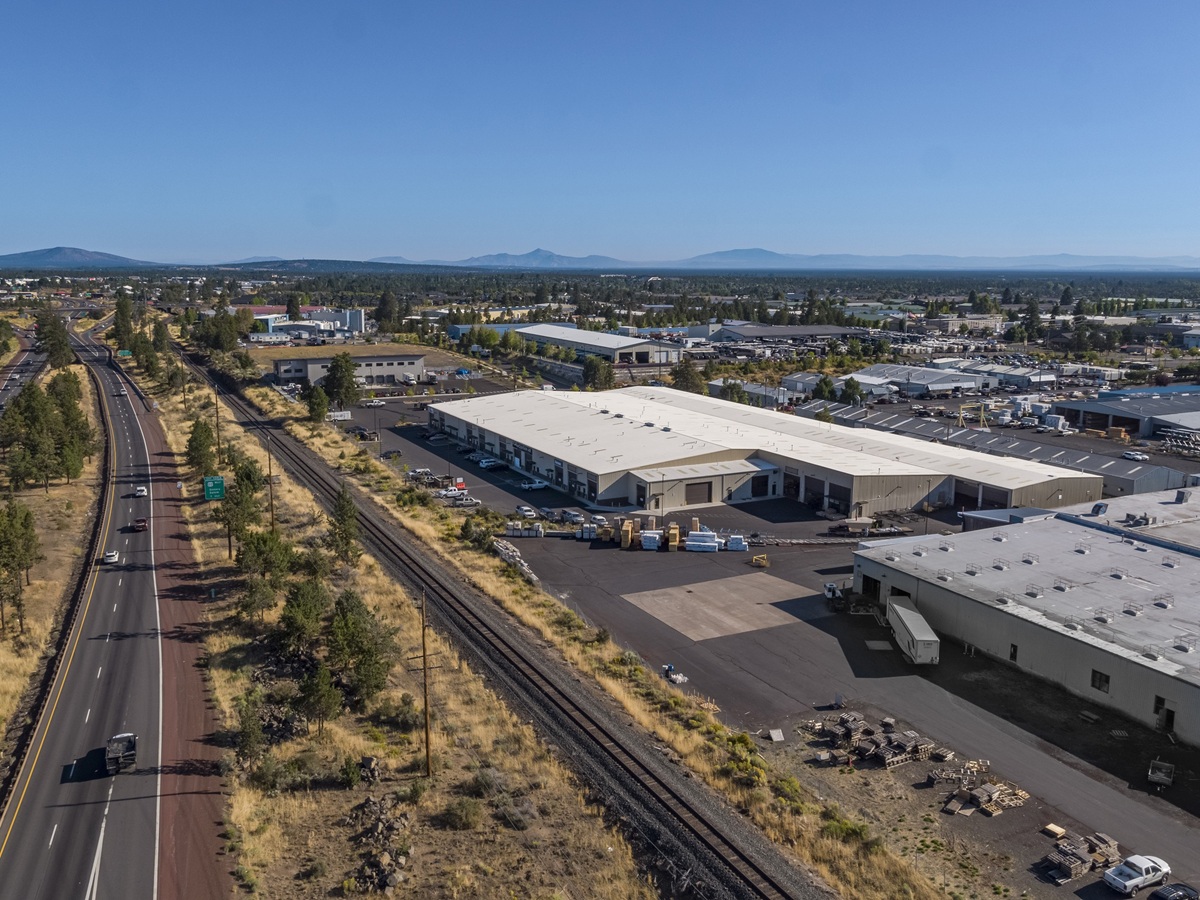

You must be logged in to post a comment.